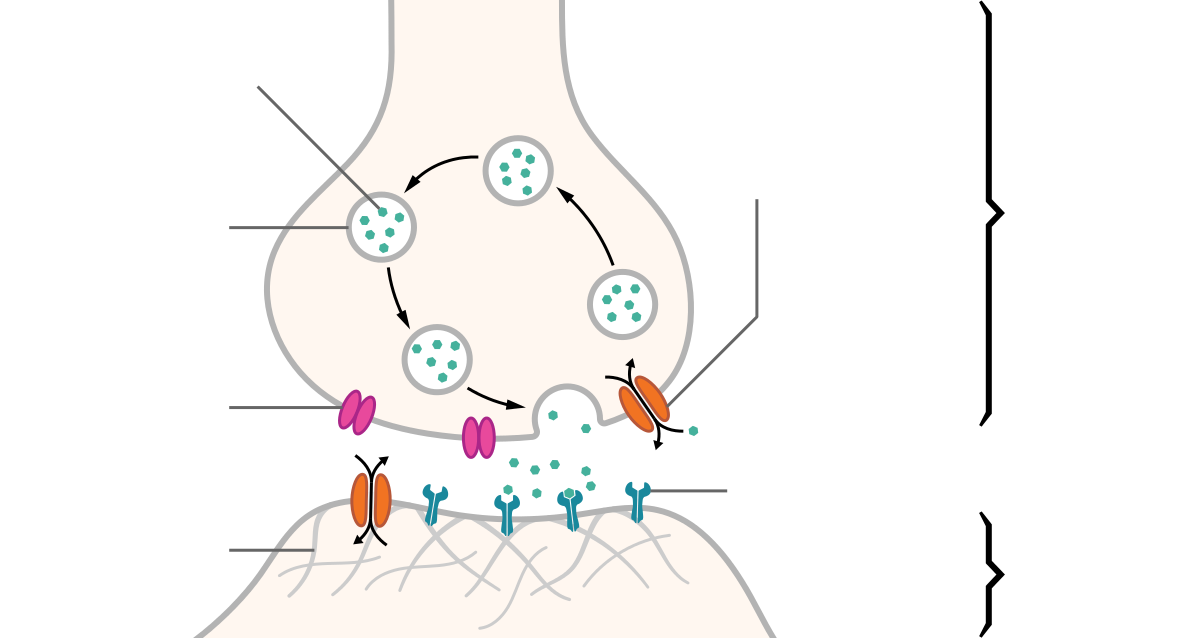When you see something as a whole it's easy to overlook soo many interesting things and details.
Cells are the perfect unity designed to work in the easiest or most efficient way while displaying complexity.That basic structure that you see in school books is one of an ideal cell that might as well not exist-cells are different,most of them are specialised so that they can only carry out certain roles in an organism and that is reflected in their structure(their membrane,organelles and enzymes and so on) or they are the very start of anything-stem cells-cells that can grow into almost every type of cell(I'm planning on doing a separate post on this so I won't go into details now).
Nowadays,with the help of technology we have been able to see beyond that 'simple'.With the use of stains,fixatives and types of microscopes(just to name a few) the picture of cell has evolved and still has a long way to go.Besides human or animal cells ,in general,now there are pictures of bacteria and viruses that look better than ever before.
Here are a few very interesting pictures I found:
 |
RUB, LS Zellmorphologie und Molekulare Neurobiologie (Department of Cell Morphology and Molecular Neurobiology)
|
source of image
This image shows the neuron from a mouse's hippocampus
surrounded by a special structure of the extracellular matrix.Perineuronal
net in blue and various structures of a synapse are shown in red,green and yellow.
The hippocampus
is a primitive component of the brain that is very important in short-term and long-term memory.A synapse is the connection between a neuron and another cell(neuronal or not) that allows information in the form of electrical signal to be transmitted.
 |
| by Muthugapatti K. Kandasamy from The University of Georgia |
In this image you can see bovine pulmonary artery endothelial cells*-stained for actin* in pink,mitochondria* in green and DNA* in yellow.
The endothelial cells line the inside of the circulatory system and actin is a structural protein.Mitochondria are important organelles as they are the site of ATP(adenosine triphospate) production-the energy currency of the cell.DNA-deoxyribonucleic acid-is a molecule that contains the genetic information of a cell and is very important for all aspects of a cell's function.
 |
| Wei Li, National Eye Institute, National Institutes of Health |
You can see here the layers of cells in the retina.The layer at the top(coloured in green) is made of photoreceptors-that actually convert the light into electrical signals that will go to the brain.There are 2 best-known types of photoreceptors in the retina-one of which helps us with coloured vision.A key word here is rhodopsin.Rhodopsin is a molecule that's responsible for starting the process of converting light into electrical signals-it changes shape when light hits.The molecule is embedded in the cell membrane of a photoreceptor-in the image;the very first part of the green layer(if you look at that layer as it might be cut into 2 parts-it's not but just for the sake of understanding).The information is transmitted deeper from neuron to neuron until it reaches the optical nerve->brain.
 |
| Heinz Feldmann, Peter Jahrling, Elizabeth Fischer and Anita Mora, National Institute of Allergy and Infectious Diseases, National Institutes of Health |
The Ebola virus.There are 5 types of this virus,each,after multiplying in a host cell emerges to infect again.Viruses like this ones do not really destroy cells-they 'convert' them into a virus-factory-cell.The virus can infect the lining of blood vessels which would lead to excessive bleeding and eventually death-through decreased blood volume.
 |
| Seth Pincus, Elizabeth Fischer and Austin Athman, National Institute of Allergy and Infectious Diseases, National Institutes of Health |
Here you can see in yellow the HIV virus-the Human Immunodeficiency Virus.This virus attacks cells(especially T cells-a common target-in blue) and takes over the normal machinery so that it can replicate.As the immunity system is affected,people infected become susceptible to a lot of diseases which the body is not able to fight off,The virus causes AIDS and can be detected.
These are just a few interesting examples I found on the Internet,you can check out more about them if you want(I put the link to the source of every photo).It's amazing how everything is so special and different,don't you think?
Cristina
These pictures are not mine and I do not take credit for them.Each has a link directing to the original source.






